Professor Andy Phippen writes for The Conversation about children’s use of smartphones and technology, and why giving them ‘dumb’ phones with minimal features might not help…
Should you give your child a ‘dumb’ phone? They aren’t the answer to fears over kids’ social media use

Andy Phippen, Bournemouth University
Parents concerned about the possible dangers smartphone use might have for their children are turning to “dumb phones”. These are the brick-shaped or flip phones today’s parents might have had themselves as teenagers, only capable of making calls or sending text messages and lacking access to social media apps.
Phones available include a remake of noughties classic the Nokia 3210, or new designs such as the recently released Barbie flip phone.
But handing children a “dumb phone” seems to be as much an exercise in nostalgia as proactive practice. Ultimately, young people will end up using smartphones in their social and working lives. They have many useful features. It makes sense for them to learn to use them with the support of adults around them in a nurturing environment.
Unhappiness among children and teenagers is often seen as being related to smartphone or social media use. Social psychologist Jonathan Haidt’s 2024 book The Anxious Generation suggests that there is a link between the rise in the use of smartphones by young people and an increase in youth mental health issues.
However, is very difficult to demonstrate a causal link between a specific aspect of modern life and a specific public health concern, as responses to Haidt’s book point out.
Yes, young people use smartphones more than previous generations. But they are also growing up in a world experiencing a global pandemic, visible climate change and international conflict. They’re being told they will never have a job because AI will be doing it instead, and that they’ll never own a house because of price inflation.
It is very difficult in these social contexts to isolate one factor and claim this is what is causing a rise in mental health issues among young people.
Large and rigorous peer reviewed studies have been conducted to explore the correlations between digital technology and children’s mental health. They rarely return a clear link. Some show positive correlations – use of digital tech leading to outcomes such as happiness, being treated with respect and positive learning experiences.

Daniel Hoz/Shutterstock
This doesn’t mean that we can say that smartphones are definitely a bad thing, or – conversely – that they have no negative impact on children. It just means that claims of causation are difficult to prove and irresponsible to make.
I have spent 20 years talking to young people about their use of digital technology. There are certainly risks and concerns. However, there are also many positive uses of this technology which, with the right guard rails, can enhance a child’s life.
While young people talk about concerns around popularity and “fear of missing out”, they also see value in accessible communication with friends and family, which is especially important for those who might live in isolated locations or have physical restrictions. And many say the main reason they would not raise concerns is for fear that adults around them might “freak out” and take their device from them.
Checks and balances
Hearing that seven-year-olds own and use smartphones sounds worrisome. But there’s a difference between, for example, a child using their phone to keep in touch with their grandparents who live in another part of the country with the supervision of their parents, and an unsupervised child interacting with strangers on social media. These are two very different scenarios.
Giving a child a smartphone does not mean allowing them ultimate freedom to use it however and how often they like.
It is perfectly within a parent’s power to restrict the types of apps that are installed, monitor screen time and install software to make sure a young person’s interactions are healthy – as well as talking to their child about social media use. Or, perhaps more simply, implement house rules that a child can only use their smartphone for a certain amount of supervised time.
As their child gets older, parents can relax the restrictions and afford them greater privacy and responsibility in its use. Parents can still make sure their child knows that if something upsetting does occur, they can ask for help.
I have a friend and colleague who is fond of analogising technology use with teaching a child to ride a bike.
Do we give a child a bike on their seventh birthday, put them at the top of a hill, and tell them to figure it out for themselves? No, we help them learn, with safeguards in place, until they develop competencies while also understanding the risks. The approach should be the same with digital technology.![]()
Andy Phippen, Professor of IT Ethics and Digital Rights, Bournemouth University
This article is republished from The Conversation under a Creative Commons license. Read the original article.
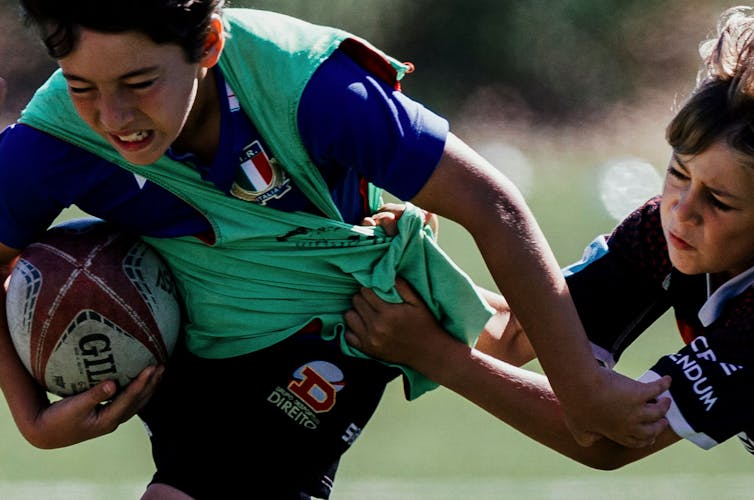







 Join us to hear the latest updates and guidance on the influencer industry, parental and educators’ engagement, and online safeguarding. Experts in influencer marketing, digital resilience and safeguarding, digital parenting will provide insights into how educators, schools, local authorities, and parents can address social media influencers’ impact on children’s and families’ online activities and developing strategies to ensure the protection of the most vulnerable. Become the master of your digital genie!
Join us to hear the latest updates and guidance on the influencer industry, parental and educators’ engagement, and online safeguarding. Experts in influencer marketing, digital resilience and safeguarding, digital parenting will provide insights into how educators, schools, local authorities, and parents can address social media influencers’ impact on children’s and families’ online activities and developing strategies to ensure the protection of the most vulnerable. Become the master of your digital genie! 
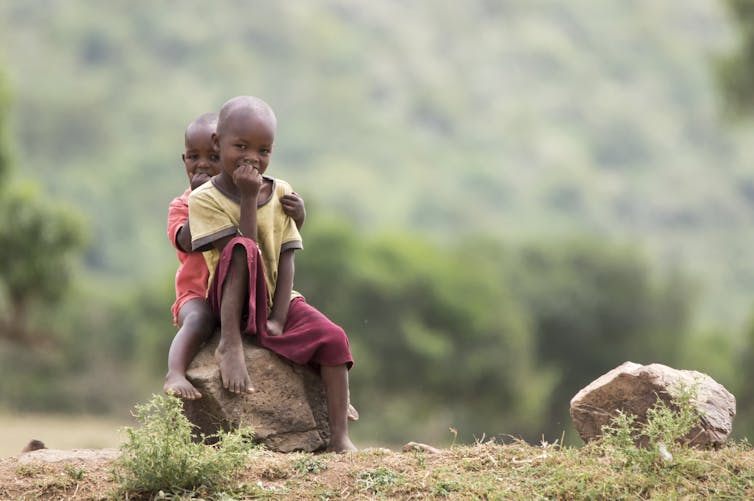
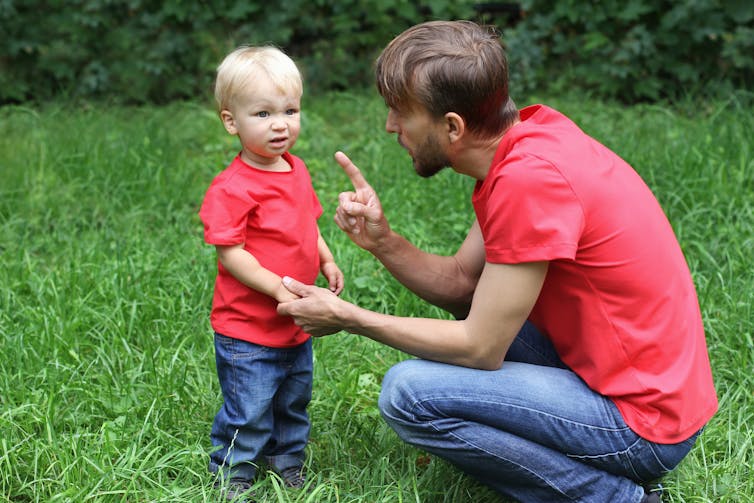



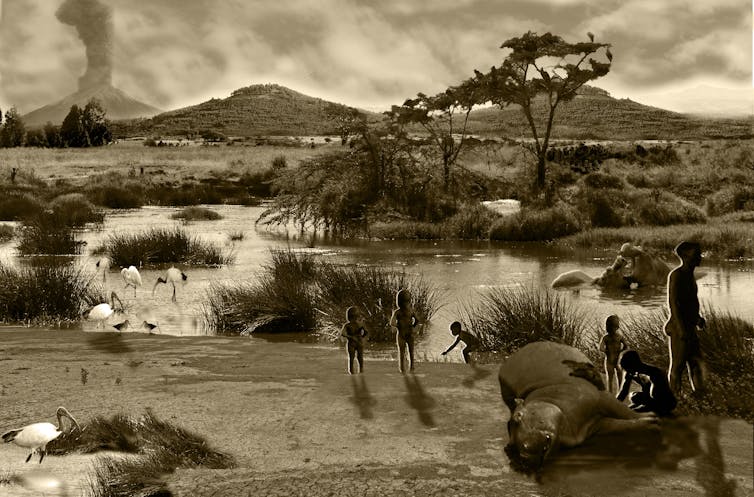
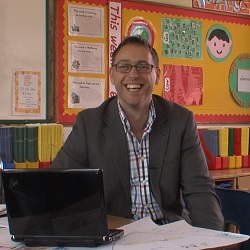














 ESRC Festival of Social Science 2025 – Reflecting back and looking ahead to 2026
ESRC Festival of Social Science 2025 – Reflecting back and looking ahead to 2026 3C Event: Research Culture, Community & Cookies – Tuesday 13 January 10-11am
3C Event: Research Culture, Community & Cookies – Tuesday 13 January 10-11am Dr. Chloe Casey on Sky News
Dr. Chloe Casey on Sky News Final Bournemouth University publication of 2025
Final Bournemouth University publication of 2025 On Christmas Day in the Morning…
On Christmas Day in the Morning… ECR Funding Open Call: Research Culture & Community Grant – Application Deadline Friday 12 December
ECR Funding Open Call: Research Culture & Community Grant – Application Deadline Friday 12 December MSCA Postdoctoral Fellowships 2025 Call
MSCA Postdoctoral Fellowships 2025 Call ERC Advanced Grant 2025 Webinar
ERC Advanced Grant 2025 Webinar Horizon Europe Work Programme 2025 Published
Horizon Europe Work Programme 2025 Published Update on UKRO services
Update on UKRO services European research project exploring use of ‘virtual twins’ to better manage metabolic associated fatty liver disease
European research project exploring use of ‘virtual twins’ to better manage metabolic associated fatty liver disease